Dacia Spring vs Peugeot 2008 – Differences & prices compared
Compare performance, boot capacity, efficiency and price at a glance.
Find out which car is the better choice for you – Dacia Spring or Peugeot 2008?
Costs and Efficiency: Price and efficiency are often the first things buyers look at. Here it becomes clear which model has the long-term edge – whether at the pump, the plug, or in purchase price.
Dacia Spring has a clearly advantage in terms of price – it starts at 14500 £, while the Peugeot 2008 costs 24500 £. That’s a price difference of around 9977 £.
In terms of energy consumption, the advantage goes to the Dacia Spring: with 13.20 kWh per 100 km, it’s somewhat more efficient than the Peugeot 2008 with 15.50 kWh. That’s a difference of about 2.30 kWh.
As for range, the Peugeot 2008 performs convincingly better – achieving up to 406 km, about 178 km more than the Dacia Spring.
Engine and Performance: Power, torque and acceleration are the classic benchmarks for car enthusiasts – and here, some clear differences start to show.
When it comes to engine power, the Peugeot 2008 has a significantly edge – offering 156 HP compared to 65 HP. That’s roughly 91 HP more horsepower.
In acceleration from 0 to 100 km/h, the Peugeot 2008 is convincingly quicker – completing the sprint in 8.30 s, while the Dacia Spring takes 13.70 s. That’s about 5.40 s faster.
In terms of top speed, the Peugeot 2008 performs evident better – reaching 206 km/h, while the Dacia Spring tops out at 125 km/h. The difference is around 81 km/h.
There’s also a difference in torque: Peugeot 2008 pulls decisively stronger with 270 Nm compared to 125 Nm. That’s about 145 Nm difference.
Space and Everyday Use: Cabin size, boot volume and payload all play a role in everyday practicality. Here, comfort and flexibility make the difference.
Seats: Peugeot 2008 offers somewhat more seating capacity – 5 vs 4.
In curb weight, Dacia Spring is distinct lighter – 1013 kg compared to 1263 kg. The difference is around 250 kg.
In terms of boot space, the Peugeot 2008 offers evident more room – 434 L compared to 308 L. That’s a difference of about 126 L.
In maximum load capacity, the Peugeot 2008 performs distinct better – up to 1467 L, which is about 463 L more than the Dacia Spring.
When it comes to payload, Peugeot 2008 noticeable takes the win – 460 kg compared to 302 kg. That’s a difference of about 158 kg.
Who wins the race?
The Peugeot 2008 proves to be is largely superior and therefore becomes our DriveDuel Champion!
Peugeot 2008 is the better all-rounder in this comparison.
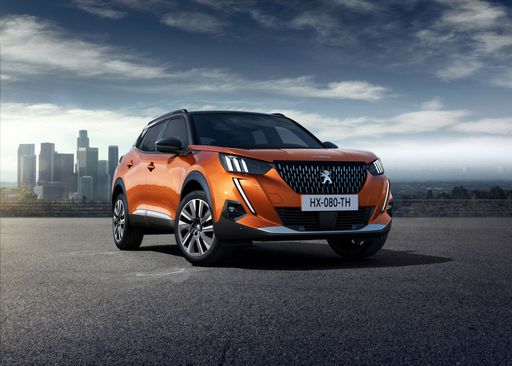
Peugeot 2008
Dacia Spring
The Dacia Spring stands out as an affordable and environmentally friendly option in the electric vehicle market, combining practicality with a compact design ideal for urban settings. Its minimalist interior, while basic, provides all the essential features needed for a comfortable drive, reflecting its cost-effective approach. The vehicle's performance suits city driving, making it an appealing choice for those seeking an entry-level electric car.
details @ dacia-presse.de
@ dacia-presse.de
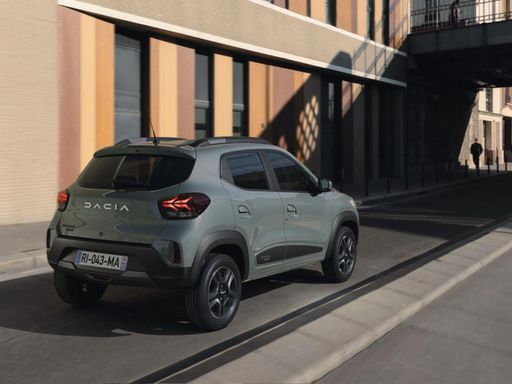 @ dacia-presse.de
@ dacia-presse.de
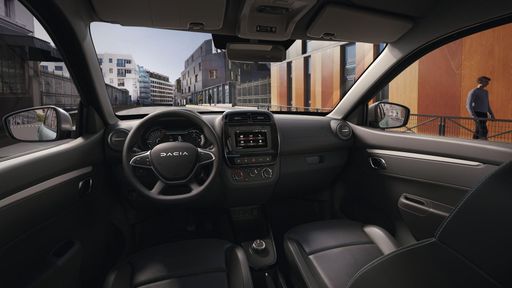 @ dacia-presse.de
@ dacia-presse.de
Peugeot 2008
The Peugeot 2008 stands out in the compact SUV market with its blend of striking design and practical functionality. It offers a comfortable ride with a sophisticated interior that exudes quality, making it ideal for both urban commutes and longer journeys. The model's efficient performance and range of modern features further enhance its appeal to a diverse range of drivers.
details @ media.stellantis.com
@ media.stellantis.com
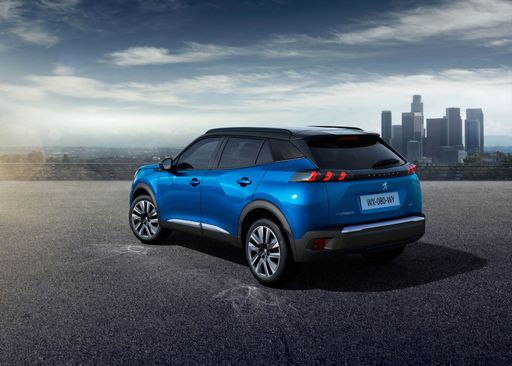 @ media.stellantis.com
@ media.stellantis.com
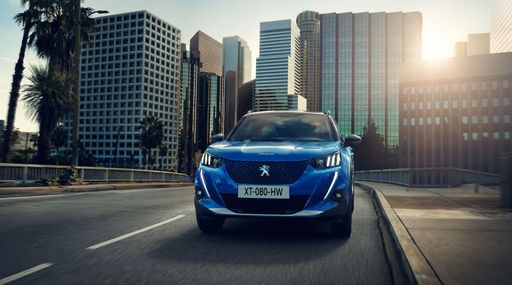 @ media.stellantis.com
@ media.stellantis.com
 @ media.stellantis.com
@ media.stellantis.com

|

|
|
|
|
Costs and Consumption |
|
|---|---|
|
Price
14500 - 17100 £
|
Price
24500 - 40300 £
|
|
Consumption L/100km
-
|
Consumption L/100km
5 - 6.2 L
|
|
Consumption kWh/100km
13.2 - 14.1 kWh
|
Consumption kWh/100km
15.50 kWh
|
|
Electric Range
225 - 228 km
|
Electric Range
406 km
|
|
Battery Capacity
26.80 kWh
|
Battery Capacity
51 kWh
|
|
co2
0 g/km
|
co2
0 - 140 g/km
|
|
Fuel tank capacity
-
|
Fuel tank capacity
44 L
|
Dimensions and Body |
|
|---|---|
|
Body Type
SUV
|
Body Type
SUV
|
|
Seats
4
|
Seats
5
|
|
Doors
5
|
Doors
5
|
|
Curb weight
1013 - 1050 kg
|
Curb weight
1263 - 1623 kg
|
|
Trunk capacity
308 L
|
Trunk capacity
434 L
|
|
Length
3701 mm
|
Length
4304 mm
|
|
Width
1583 mm
|
Width
1770 mm
|
|
Height
1519 mm
|
Height
1523 mm
|
|
Max trunk capacity
1004 L
|
Max trunk capacity
1467 L
|
|
Payload
265 - 302 kg
|
Payload
407 - 460 kg
|
Engine and Performance |
|
|---|---|
|
Engine Type
Electric
|
Engine Type
Petrol, Electric, Petrol MHEV
|
|
Transmission
Automatic
|
Transmission
Manuel, Automatic
|
|
Transmission Detail
Reduction Gearbox
|
Transmission Detail
Manual Gearbox, Reduction Gearbox, Automatic Gearbox, Dual-Clutch Automatic
|
|
Drive Type
Front-Wheel Drive
|
Drive Type
Front-Wheel Drive
|
|
Power HP
44 - 65 HP
|
Power HP
101 - 156 HP
|
|
Acceleration 0-100km/h
13.7 - 19.1 s
|
Acceleration 0-100km/h
8.3 - 10.9 s
|
|
Max Speed
125 km/h
|
Max Speed
150 - 206 km/h
|
|
Torque
113 - 125 Nm
|
Torque
205 - 270 Nm
|
|
Number of Cylinders
-
|
Number of Cylinders
3
|
|
Power kW
33 - 48 kW
|
Power kW
74 - 115 kW
|
|
Engine capacity
-
|
Engine capacity
1199 cm3
|
General |
|
|---|---|
|
Model Year
2024
|
Model Year
2023 - 2025
|
|
CO2 Efficiency Class
A
|
CO2 Efficiency Class
D, A, E, C
|
|
Brand
Dacia
|
Brand
Peugeot
|
What drive types are available for the Dacia Spring?
The Dacia Spring is available as Front-Wheel Drive.
The prices and data displayed are estimates based on German list prices and may vary by country. This information is not legally binding.
